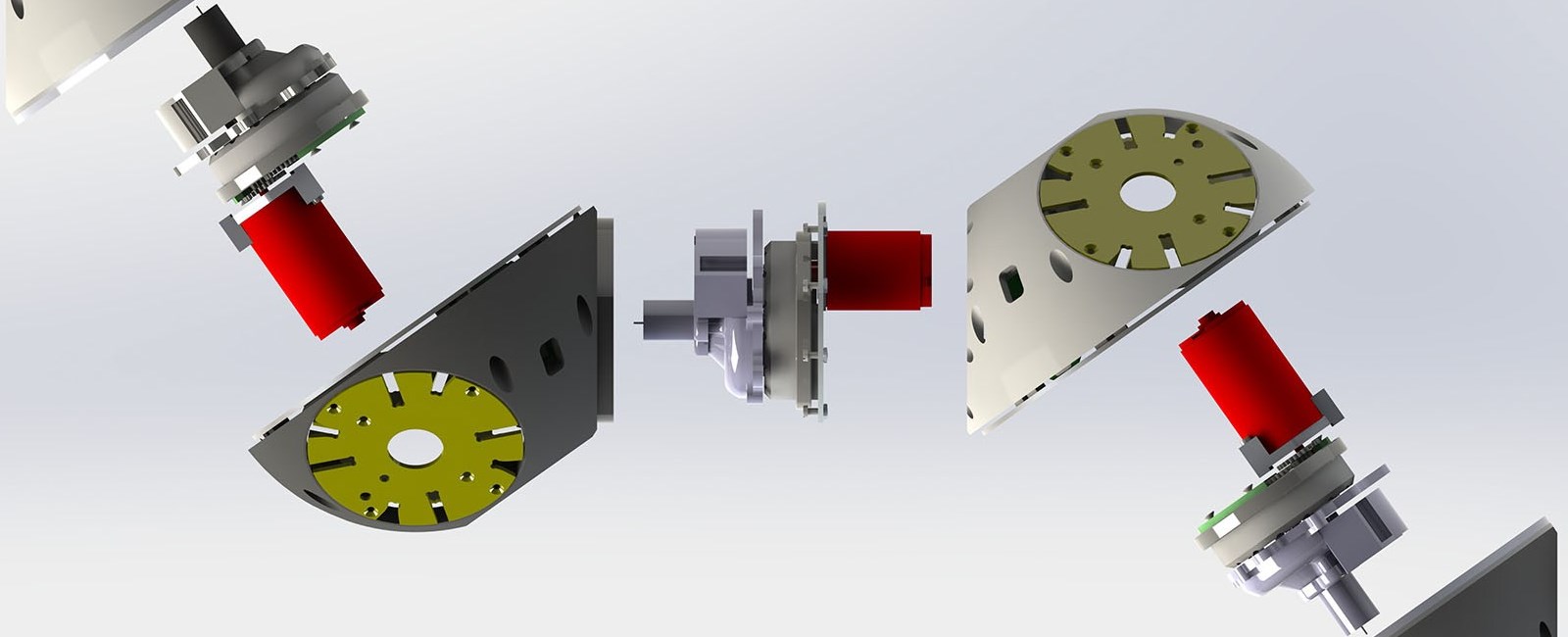Although robotics in architecture is easily imagined when the robots are doing the structure or composition of a building, there are recent studies that also applies the system in the other direction. Instead of robots doing architecture, the architecture is seen as a robotic system.
Stephen A. Gage and Will Thorne were part of the people who tried this. They explore the potential of robotics in automated building facades, with a system called ‘edge monkeys’. It was a system of small robots that would regulate building facades, including energy usage and indoor conditions, by checking thermostats, closing windows, adjusting blinds, etc. They would even communicate with building users who they identify as wasting energy.
Another system was made by Peter Testa and Devyn Weiser, who believed that the potential of the robot arm is in coordinated groups working together. They constructed a house equipped with five new robot arms, called ‘Robot House’. The intention was to teach students to explore the collaborative movement of robots working in parallel, which provides a process different from the typically linear sequence of design, program, fabricate.
A smaller scale can also be imagined, as furniture for example. As we all know, having lots of furniture is not an efficient way to live, as most part is not in use most of the time. The idea is based on having just one piece of furniture that can be a say, a chair, a table and a bed whenever you need it to be. These little modular robots are called Roombots and they are really simple and relatively cheap, with lots of connectors and a hinge in the middle.
The video below shows how this Roombots can be used. When it gets together with its similar, they can combine into different pieces of furniture.
Sources:

